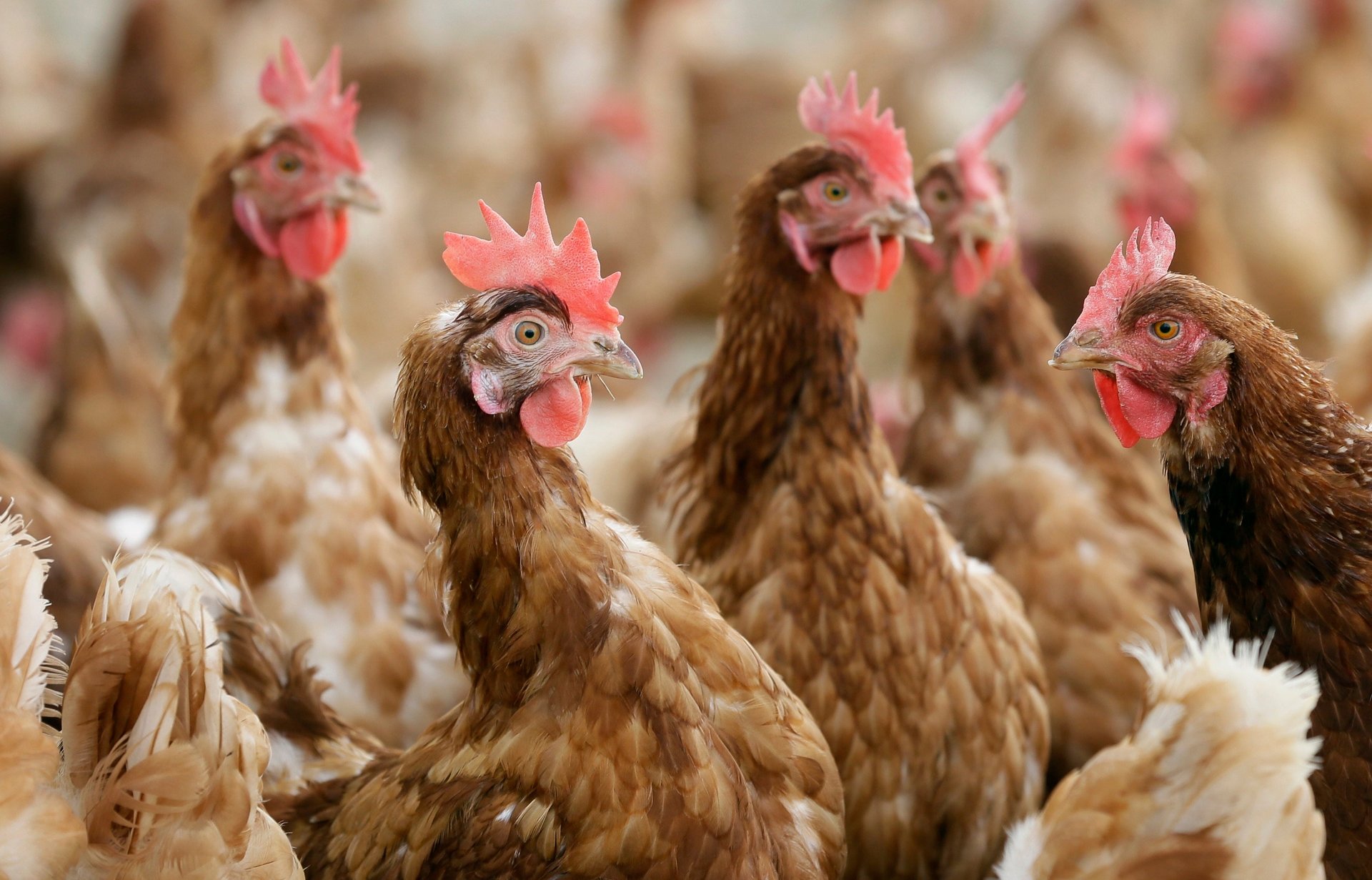New organic rules announced by USDA tighten restrictions on livestock and poultry producers
Livestock and poultry producers will need to comply with more specific standards if they want to label their products as organic under final rules announced by the U.S. Department of Agriculture

DES MOINES, Iowa (AP) — Livestock and poultry producers will need to comply with more specific standards if they want to label their products organic under final rules announced Wednesday by the U.S. Department of Agriculture.
Suggested Reading
The USDA's new Organic Livestock and Poultry Standards are being implemented after years of discussions with organics groups, farming organizations and livestock and poultry producers.
Related Content
“USDA is creating a fairer, more competitive and transparent food system,” Agriculture Secretary Tom Vilsack said in a statement. "This organic poultry and livestock standard establishes clear and strong standards that will increase the consistency of animal welfare practices in organic production and in how these practices are enforced.”
The Organic Trade Association pushed hard for the new regulations, which the group said would promote consumer trust and ensure all competing companies would abide by the same rules.
“These new standards not only create a more level playing field for organic producers, but they ensure consumers that the organic meat, poultry, dairy and eggs they choose have been raised with plenty of access to the real outdoors, and in humane conditions,” said Tom Chapman, the association's CEO, in a statement.
The final rules cover areas including outdoor space requirements, living conditions for animals, maximum density regulations for poultry and how animals are cared for and transported for slaughter.
Under the rules, organic poultry must have year-round access to the outdoors. Organic livestock also must have year-round outdoor access and be able to move and stretch at all times. There are additional requirements for pigs regarding their ability to root and live in group housing.
Producers have a year to comply with the rules, with poultry operations given four additional years to meet rules covering outdoor space requirement for egg layers and density requirements for meat chickens.
John Brunnquell, president of Indiana-based Egg Innovations, one of the nation's largest free-range and pasture-raised egg operations, said the new rules would help him compete with companies that have an organic label but don't now give their hens daily access to the outdoors and actual ground, rather than a concrete pad.
“All of us worked under the same USDA seal, so a consumer really never knew how their organic eggs were being produced,” Brunnquell said.
The USDA's National Organic Program will oversee the new rules, working with certifiers accredited by the agency.
Organizations representing the egg and chicken meat industry as well as the pork industry and American Farm Bureau either declined to comment or didn't respond to a request to comment on the new rules.